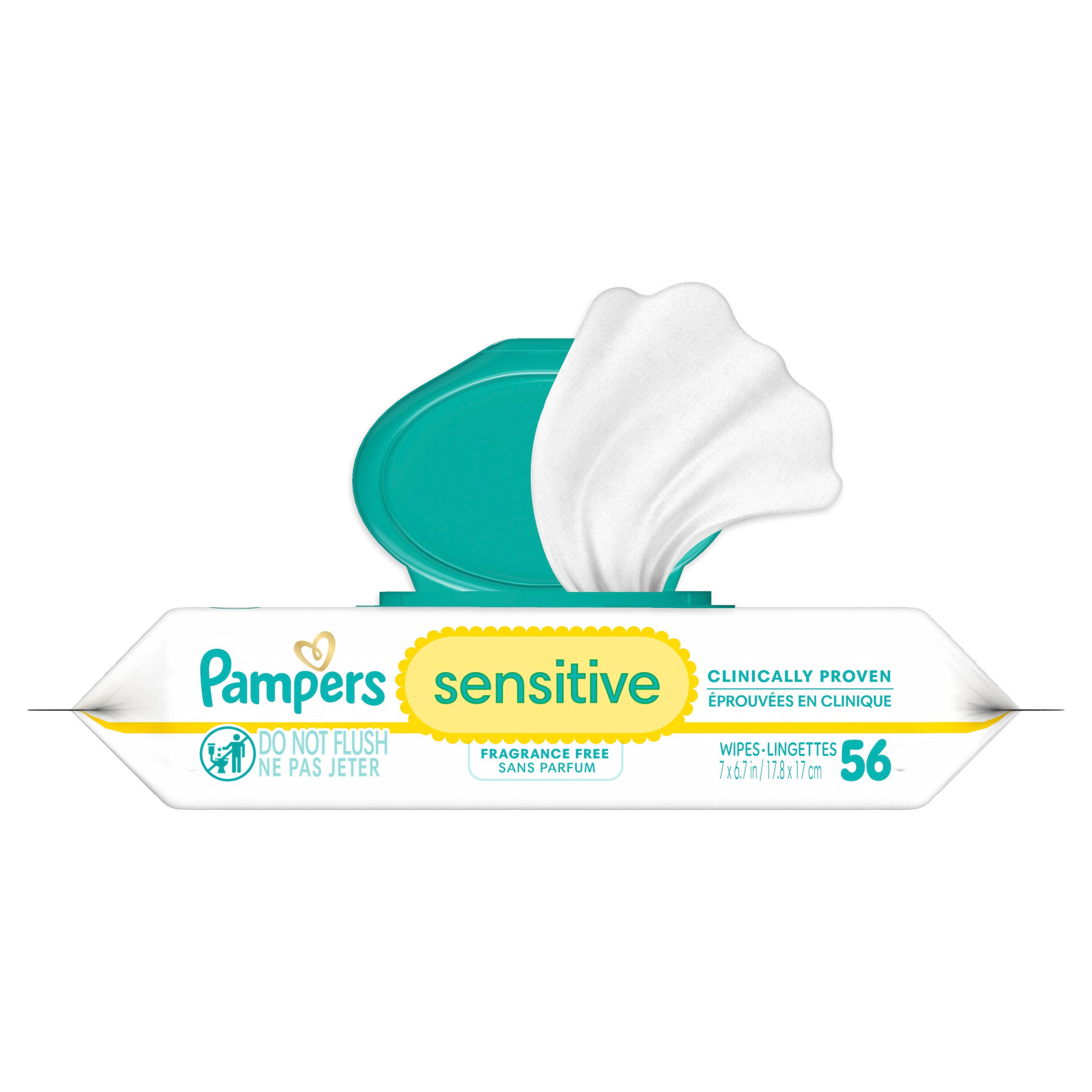Baby Wipes: A Comprehensive Guide for Parents
Introduction
Baby wipes are an indispensable part of a parent’s arsenal, providing a convenient and effective way to clean and care for a baby’s delicate skin. With a wide range of options available, choosing the right baby wipes can be a daunting task. This comprehensive guide will delve into the world of baby wipes, exploring their types, ingredients, safety considerations, and tips for optimal use.
Types of Baby Wipes
Baby wipes come in various types, each tailored to specific needs:
-
Disposable Wipes: These are the most common type, designed for single-use and disposal. They are typically made of a soft, non-woven fabric and are pre-moistened with a cleaning solution.
-
Reusable Wipes: As an eco-friendly alternative, reusable wipes are made of washable fabric and can be used multiple times. They are often thicker and more durable than disposable wipes.
-
Water-Only Wipes: These wipes are made of pure water and do not contain any additional ingredients. They are ideal for sensitive skin or for use on newborns.
-
Biodegradable Wipes: These wipes are made from plant-based materials and are designed to break down naturally in the environment. They are a more sustainable option than traditional disposable wipes.
Ingredients in Baby Wipes
The ingredients in baby wipes play a crucial role in their effectiveness and safety. Common ingredients include:
-
Water: The primary ingredient in most baby wipes, water provides the moisture for cleaning.
-
Surfactants: These are cleansing agents that help remove dirt and grime.
-
Emollients: These ingredients soften and moisturize the skin, preventing dryness and irritation.
-
Preservatives: These chemicals prevent the growth of bacteria and mold in the wipes.
-
Fragrances: Some wipes contain fragrances to provide a pleasant scent. However, it is important to note that fragrances can be irritating to sensitive skin.
Safety Considerations
When choosing baby wipes, it is essential to prioritize safety. Here are some key considerations:
-
Avoid Alcohol and Harsh Chemicals: Alcohol and harsh chemicals can irritate a baby’s delicate skin. Look for wipes that are free from these ingredients.
-
Choose Hypoallergenic Wipes: Hypoallergenic wipes are less likely to cause allergic reactions or skin irritation.
-
Check for Phthalates: Phthalates are chemicals that have been linked to developmental issues in children. Avoid wipes that contain phthalates.
-
Consider the Fragrance: Fragrances can be irritating to sensitive skin. If possible, opt for fragrance-free wipes.
Tips for Optimal Use
To ensure the safe and effective use of baby wipes, follow these tips:
-
Use a Clean Wipe for Each Change: Never reuse a baby wipe, as it can harbor bacteria.
-
Wipe Gently: Avoid rubbing or scrubbing the baby’s skin, as this can cause irritation.
-
Clean from Front to Back: When changing a diaper, always wipe from front to back to prevent the spread of bacteria.
-
Moisturize After Wiping: After using a baby wipe, apply a gentle moisturizer to keep the baby’s skin hydrated.
-
Store Wipes Properly: Keep baby wipes in a cool, dry place to prevent them from drying out or becoming contaminated.
Conclusion
Baby wipes are an essential tool for parents, providing a convenient and effective way to clean and care for a baby’s delicate skin. By understanding the different types, ingredients, safety considerations, and tips for optimal use, parents can make informed choices and ensure the well-being of their little ones. Remember to prioritize safety, choose wipes that are gentle on the skin, and use them properly to maintain a clean and healthy baby.

